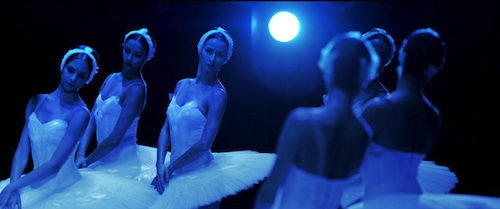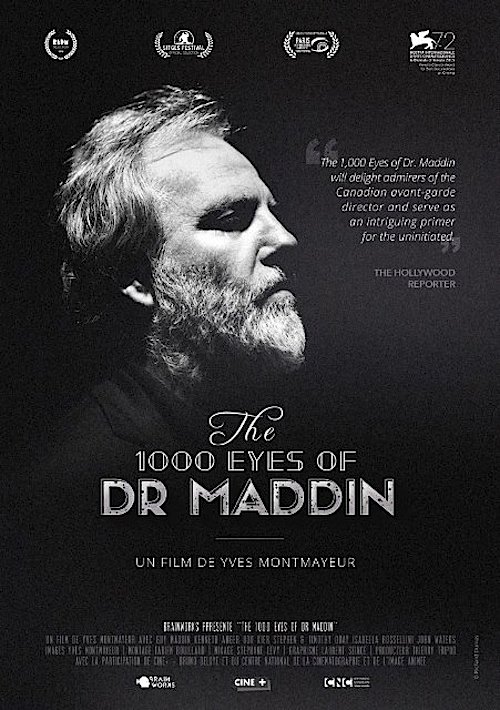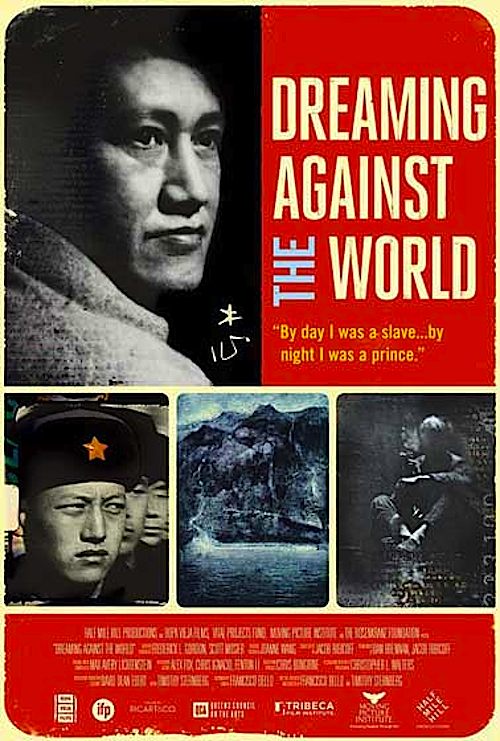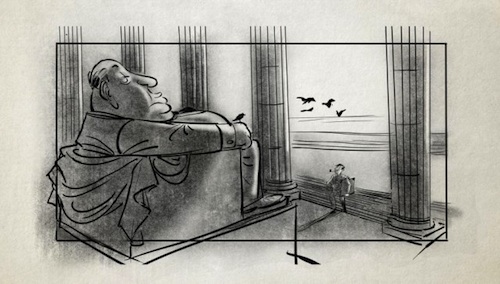By Joe Bendel. History has been unfair to the Donner Party. While they are often collectively referred to as “notorious,” the Uruguayan soccer team’s 1973 plane crash in the Andes is considered an inspiring story of survival. Yet, both did similar things to stave off starvation. While many factors hindered the Donner Party’s passage to California, none were as punishing as the storms that left them snowbound in the Sierra Nevada Mountains. Somewhat logically, The Weather Channel branches out into original documentary production by chronicling and dramatically recreating the ill-fated 1846 expedition in Doug Glover’s Dead of Winter: the Donner Party, which premieres this Friday on the network.
Like so many who came before and after them, the group that came to be known as the Donner Party saw California as the land of opportunity. George Donner and James F. Reed were relatively successful in Springfield, Illinois, but they were convinced they could make substantially better lives for themselves with the California land grants. Their company of covered wagons was eager to get there as soon as possible, so they took a speculative shortcut called Hastings Cutoff. Obviously, it was a disaster.
Those who only know the Donner Party from its hazy reputation, might be surprised how quickly circumstances turned desperate for the group of pioneers and how long they resisted resorting to cannibalism. Arguably, their torturous crossing of the Great Salt Lake Desert was just as grueling as the snowstorms on the Sierra Nevada, but it came earlier in the trek, so it did not generate as drastic a death toll.

Glover, screenwriter Raymond Bridgers, and the assembled historical experts are all good storytellers, who happen to be refreshingly forgiving of the Donner Party. With a few terrible exceptions, the pioneers conducted themselves just as well as the Uruguayan football players. Men like Donner, Reed, and diarist Patrick Breen just wanted their children to have better lives than they did, but they sacrificed horribly for the sake of their American dreams.
The quality of Dead of Winter’s historical commentary is considerably better than average, while having Powers Boothe (Red Dawn and 24) as narrator gives the film some seriously cool cred. The dramatic recreation cast also look period-appropriate and eventually quite weathered and bedraggled. It is a well-produced documentary that convincingly shifts the focus on the Donner party from the lurid details of cannibalism to their harrowing exploits of heroism. You could almost say Dead of Winter is revisionist, in a good way. Shrewdly, it is scheduled for the night after Thanksgiving (making turkey leftovers look all kinds of appetizing). Recommended for history and weather buffs, Dead of Winter: the Donner Party premieres this Friday (11/27) on The Weather Channel.
LFM GRADE: B
Posted on November 25th, 2015 at 12:18pm.




